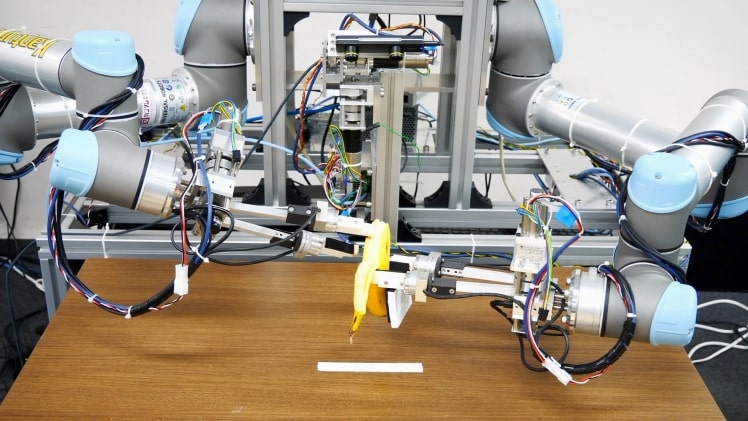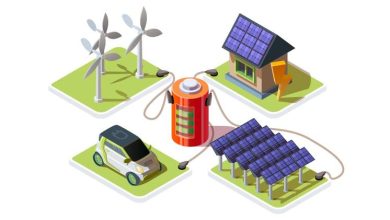The Banana-Peeling Robot

The banana-peeling robot is an interesting development. It’s a highly-delicate task, which varies widely depending on a banana’s size, ripeness, and overall condition. According to researchers at the University of Tokyo, the robot learned how to perform the task after training for 13 hours. To achieve this, the researchers used a process called “deep imitation learning” wherein the robot was shown the peeling action hundreds of times before actually performing it.
To develop the banana-peeling robot, a human operator peeled hundreds of bananas, creating 811 minutes of demonstration data. A single arm grabs the tip of a banana while the other supports it. A machine-learning model then maps out the trajectory of the arm and the banana, mimicking the human movement and responding to unexpected changes in the environment. As a result, the banana-peeling robot is able to successfully peel a banana.
Read More: LG C1 OLED TV Review
Researchers say the robotic system is not only highly accurate, but also has great potential for use in everyday tasks. In experiments, the robot can peel bananas with a 57% accuracy rate. The researchers will use this robot for other tasks requiring fine motor skills in the future. If the robot’s performance can improve on human performance, it could become a valuable tool for consumers. In the meantime, the banana-peeling robot is an excellent tool for improving productivity at home.
A Japanese researcher developed a robot that peels bananas without crushing the fruit. The researchers used the technology to program the robot to peel a banana and teach it new tasks. Powered robots will soon be able to reach the kitchen and perform household tasks. It’s a step closer to becoming reality for most consumers. It’s certainly a good start for the future. If the banana-peeling robot proves successful, it may help the Japanese overcome their labor shortage.




